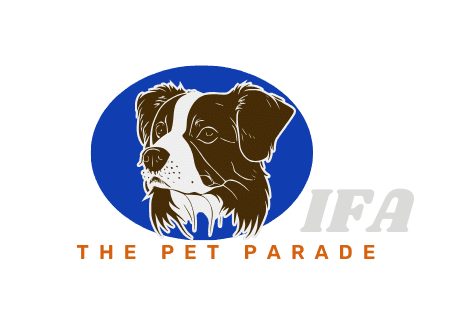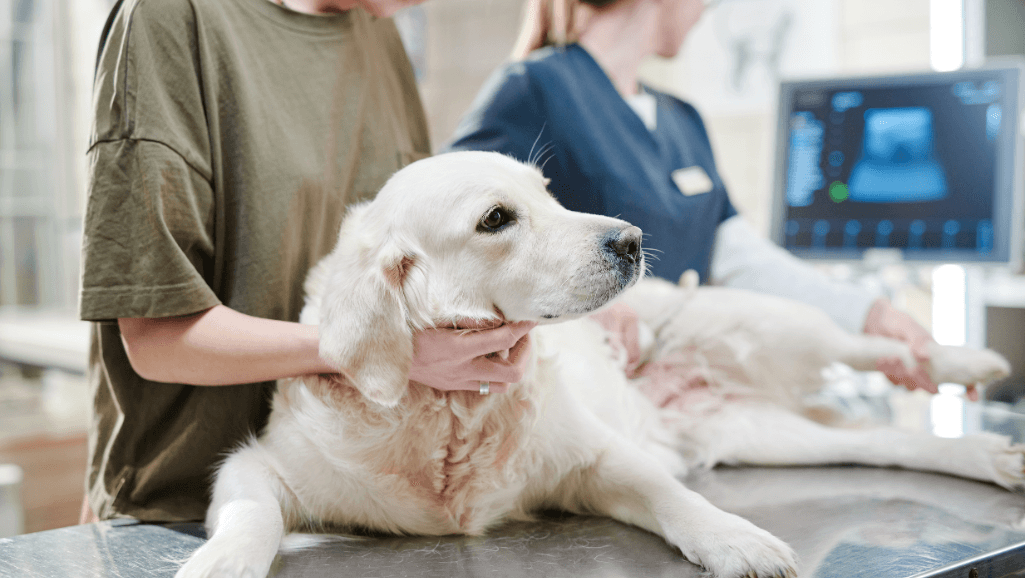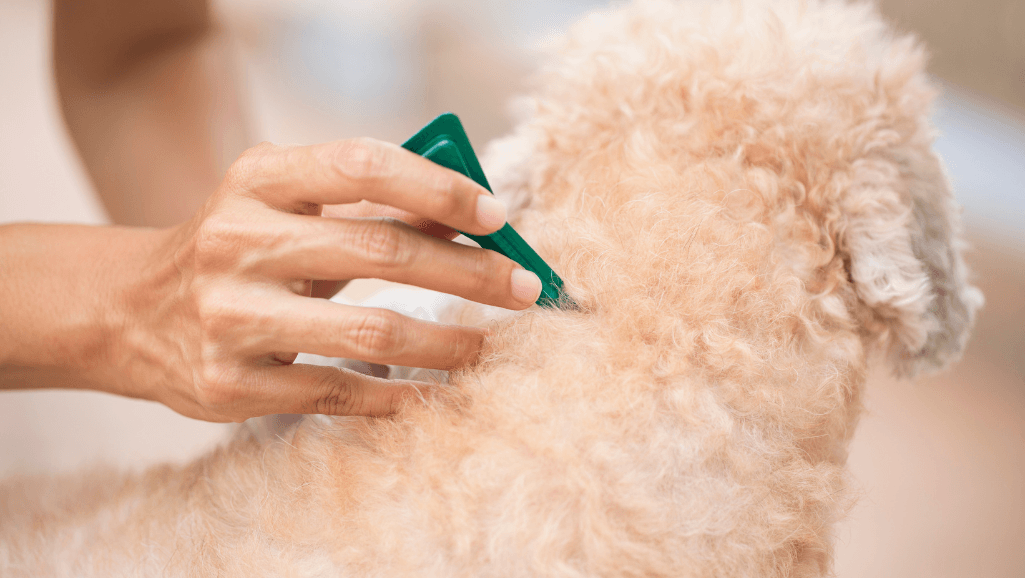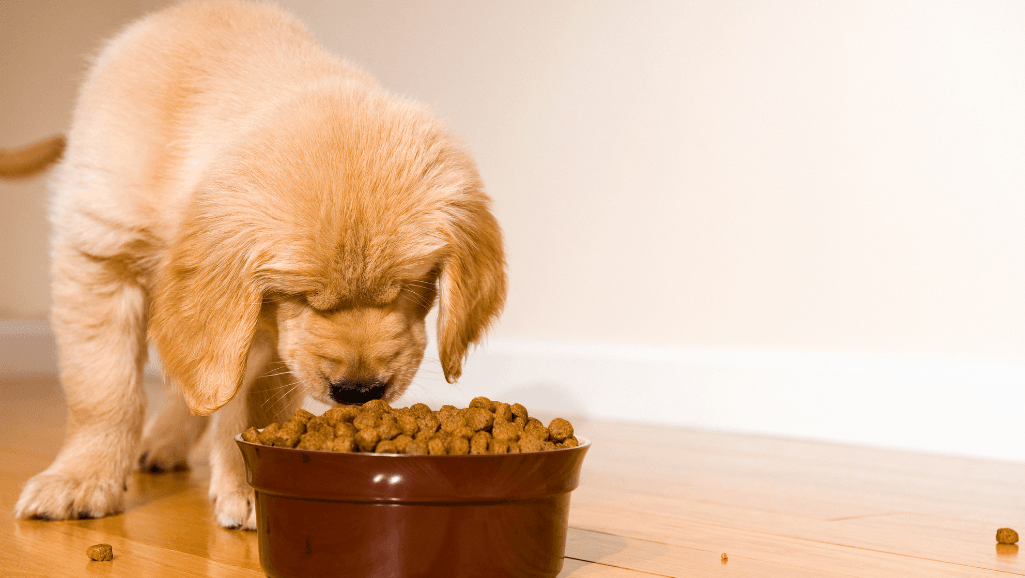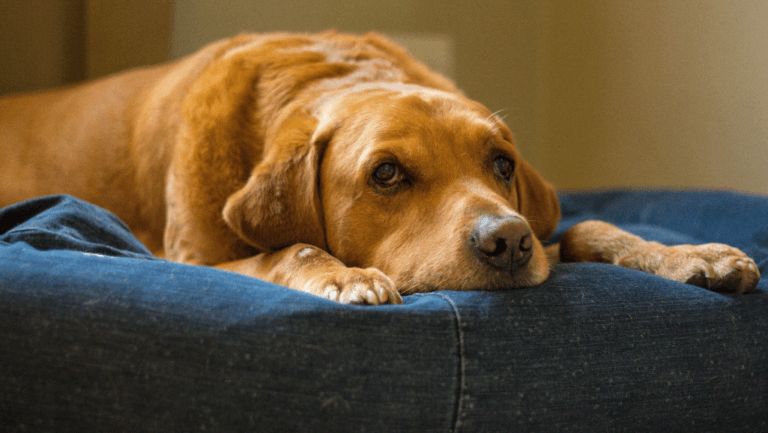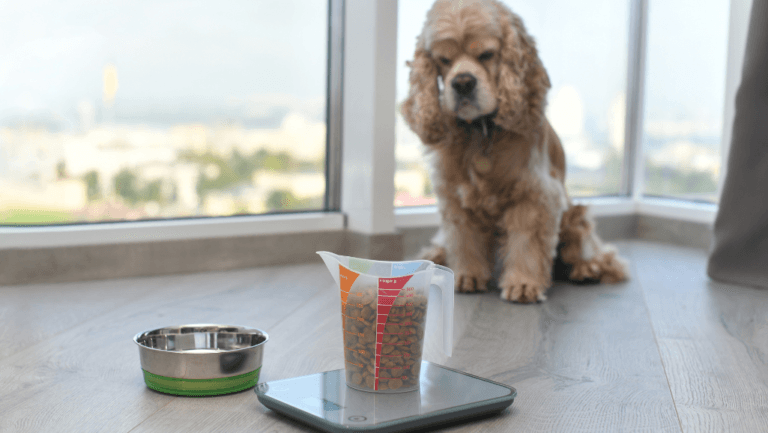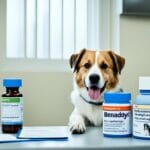Canine bloat, also known as gastric dilatation and volvulus (GDV), is a life-threatening disorder that primarily affects large, deep-chested dogs. This condition is characterized by the stomach filling with gas, causing bloat. In some cases, the bloat can progress to volvulus, where the twisted stomach blocks the entrance and exit, leading to a life-threatening emergency that requires immediate surgery. Stress and anxiety may contribute to the development of GDV, and certain factors such as exercise after meals, decreased intestinal motion, and large meals or amounts of water can increase the risk.
Dogs weighing over 100 pounds have a 20% risk of bloat in their lifetime, and certain breeds are more prone to the condition. Immediate veterinary attention is crucial to save the dog’s life, and emergency surgery is often necessary to correct the GDV condition.
Key Takeaways:
- Recognizing Canine Bloat GDV in Large Dog.
- Canine bloat, or gastric dilatation and volvulus (GDV), is a life-threatening disorder primarily affecting large, deep-chested dogs.
- It occurs when the stomach fills with gas, causing bloat, which can progress to volvulus and block the entrance and exit, leading to a medical emergency.
- Stress, anxiety, exercise after meals, decreased intestinal motion, and large meals or amounts of water can increase the risk of GDV.
- Dogs weighing over 100 pounds have a 20% risk of bloat in their lifetime, and certain breeds are more prone to the condition.
- Immediate veterinary attention and emergency surgery are necessary to save the dog’s life and correct the GDV condition.
Signs and Symptoms of Canine Bloat
Recognizing the signs and symptoms of canine bloat is essential for early intervention. One of the primary indicators is an enlargement of the dog’s abdomen, often accompanied by retching, excessive salivation, restlessness, and signs of abdominal pain. As the condition progresses, the dog may go into shock, with increased heart rate, weak pulse, and eventual death if left untreated.
If your dog’s abdomen appears distended or swollen, it could be a sign of canine bloat. This could be accompanied by attempts to vomit, but little or no material comes out. You may also notice increased salivation, pacing, restlessness, and a general discomfort. Abdominal pain and sensitivity to the touch are common symptoms of this condition.
As the condition worsens, your dog may show signs of shock, such as pale gums, rapid heart rate, weak pulse, and shallow breathing. It is important to seek immediate veterinary attention if you suspect your dog is experiencing canine bloat to prevent further complications.
Common Signs and Symptoms of Canine Bloat:
- Enlarged abdomen
- Retching
- Excessive salivation
- Restlessness
- Abdominal pain
- Signs of shock
Recognizing these symptoms early on can help save your dog’s life. Time is of the essence when it comes to canine bloat, and immediate veterinary attention is crucial for a positive outcome. Early intervention can help relieve the pressure in the stomach and prevent the condition from worsening.
Treatment for Canine Bloat (GDV)
Canine bloat is a medical emergency that requires immediate veterinary intervention. When a dog presents with symptoms of bloat, the veterinarian will act swiftly to stabilize the condition and save the dog’s life. This often involves a combination of veterinary procedures, including emergency surgery, relieving the pressure in the stomach, shock treatment, and surgical correction.
To relieve the pressure in the stomach, one common procedure is the insertion of a stomach tube. This allows the gas to escape and alleviates the discomfort. In more severe cases where twisting (volvulus) has occurred, a large bore needle or catheter may be inserted to further relieve the pressure. These interventions are crucial in preventing further complications and ensuring the well-being of the dog.
Shock treatment is another vital aspect of addressing canine bloat. Intravenous fluids and emergency medications are administered to stabilize the dog’s condition, ensuring proper hydration and maintaining blood pressure. The goal is to prevent the onset of shock and support the dog’s vital functions.
Surgical correction is necessary to restore the stomach to its normal position and address any necrotic tissue. Different techniques may be employed based on the individual case. One common method is gastropexy, which involves surgically attaching the stomach to the body wall to prevent future episodes of GDV. Another technique, known as pyloroplasty, may be performed to widen the opening between the stomach and the small intestine, promoting better digestion and reducing the risk of further complications.
The survival rate for dogs undergoing emergency surgery for canine bloat (GDV) depends on various factors, including the duration and severity of the condition, the presence of cardiac problems, the extent of stomach wall necrosis, and the length of the surgical procedure. Timely veterinary intervention and appropriate surgical correction greatly improve the chances of a favorable outcome and the dog’s recovery.
When faced with a case of canine bloat, it is crucial to seek immediate veterinary attention. The combination of veterinary intervention, including emergency surgery, relieving stomach pressure, shock treatment, and surgical correction, offers the best chance for the dog’s survival and long-term well-being. By addressing the condition promptly and effectively, veterinarians strive to successfully treat canine bloat and give affected dogs a chance at a healthy, happy life.
Prevention Strategies for Canine Bloat
While canine bloat cannot be entirely prevented, there are strategies that can help reduce the risk. Implementing these preventative measures can significantly contribute to the overall well-being of your furry friend.
Prophylactic Gastropexy
Prophylactic gastropexy, a surgical attachment of the stomach to the body wall, is the most effective prevention measure, especially in high-risk breeds. By securing the stomach in place, the risk of it twisting and causing bloat is significantly reduced, providing peace of mind for pet owners. Consult with your veterinarian to determine if gastropexy is appropriate for your dog.
Chest Conformation
Did you know that chest conformation plays a role in the risk of bloat? Deep, narrow-chested dogs are more prone to this condition. It’s important to be aware of this factor when considering breeds or adopting a dog. Understanding your dog’s chest conformation can help you take additional precautions to mitigate the risk.
Feeding Regimen
The way you feed your dog can also contribute to their susceptibility to bloat. Instead of feeding one large meal, opt for multiple small meals throughout the day. This helps prevent the stomach from filling up too quickly, reducing the chances of bloat. Using slow feeder bowls can also promote slower eating, reducing the intake of air and lowering the risk of bloat.
Anxiety Management
Anxiety and stress can exacerbate the risk of canine bloat. Ensure that your dog’s feeding environment is calm and peaceful. Consider using anxiety management techniques, such as providing a safe and quiet space during mealtimes or using calming aids if necessary. By addressing anxiety and stress during feeding, you can further reduce the risk of bloat in your furry companion.
While these prevention strategies can help minimize the risk of canine bloat, it’s important to remember that each dog is unique. Consult with a veterinarian for personalized advice tailored to your dog’s specific needs and circumstances.
Conclusion
Canine bloat (GDV) is a life-threatening condition that requires immediate veterinary attention. Recognizing the signs and symptoms, such as an enlarged abdomen and abdominal discomfort, is crucial for early intervention. Dogs with these symptoms should receive immediate medical care to prevent further complications.
Emergency surgery is often necessary to correct the condition and relieve the pressure on vital organs. The sooner the surgery is performed, the better the chances of a successful outcome. Pet owners should not delay seeking veterinary assistance if they suspect their dog has canine bloat.
Prevention strategies play a crucial role in reducing the risk of canine bloat. Prophylactic gastropexy, a surgical attachment of the stomach to the body wall, can be considered for high-risk breeds. Mindful feeding regimens, including multiple small meals per day and slow eating, can also help prevent bloat. It is important to work with a veterinarian to develop an individualized prevention plan for your dog.
By being aware of the signs and symptoms of canine bloat, seeking immediate veterinary attention, and implementing prevention strategies, pet owners can protect their furry companions from this life-threatening emergency. Stay vigilant and take the necessary steps to ensure the well-being of your canine friend.
